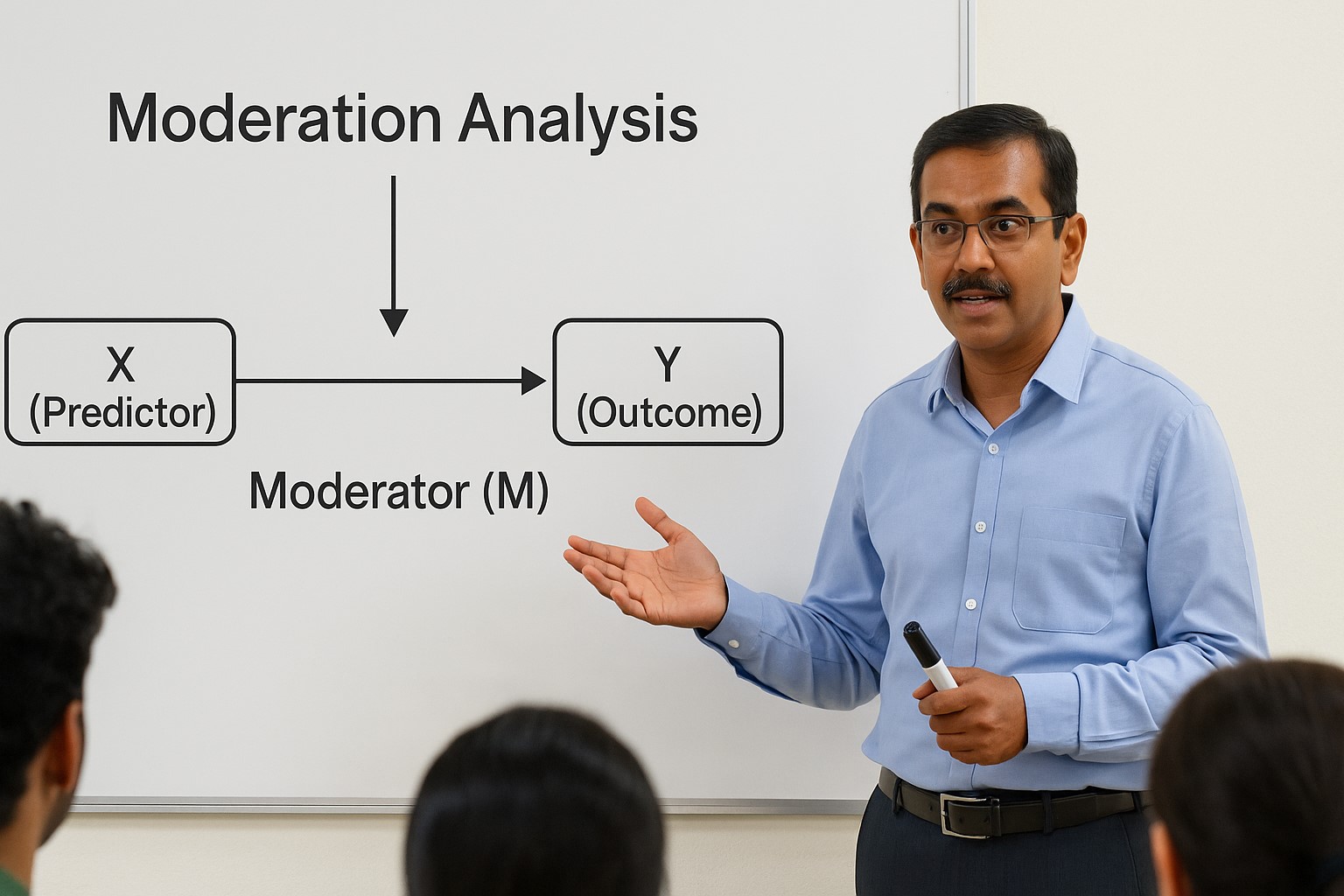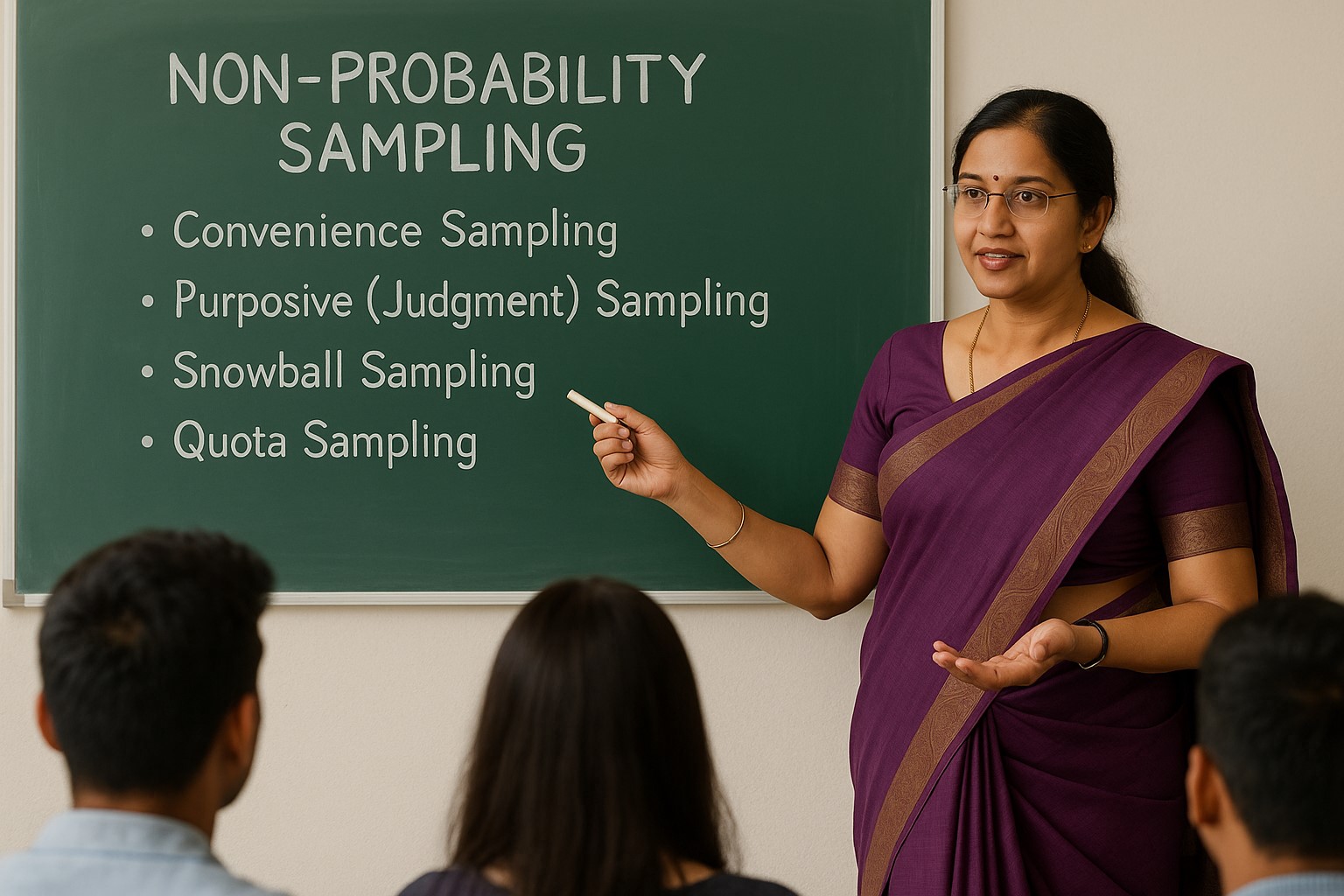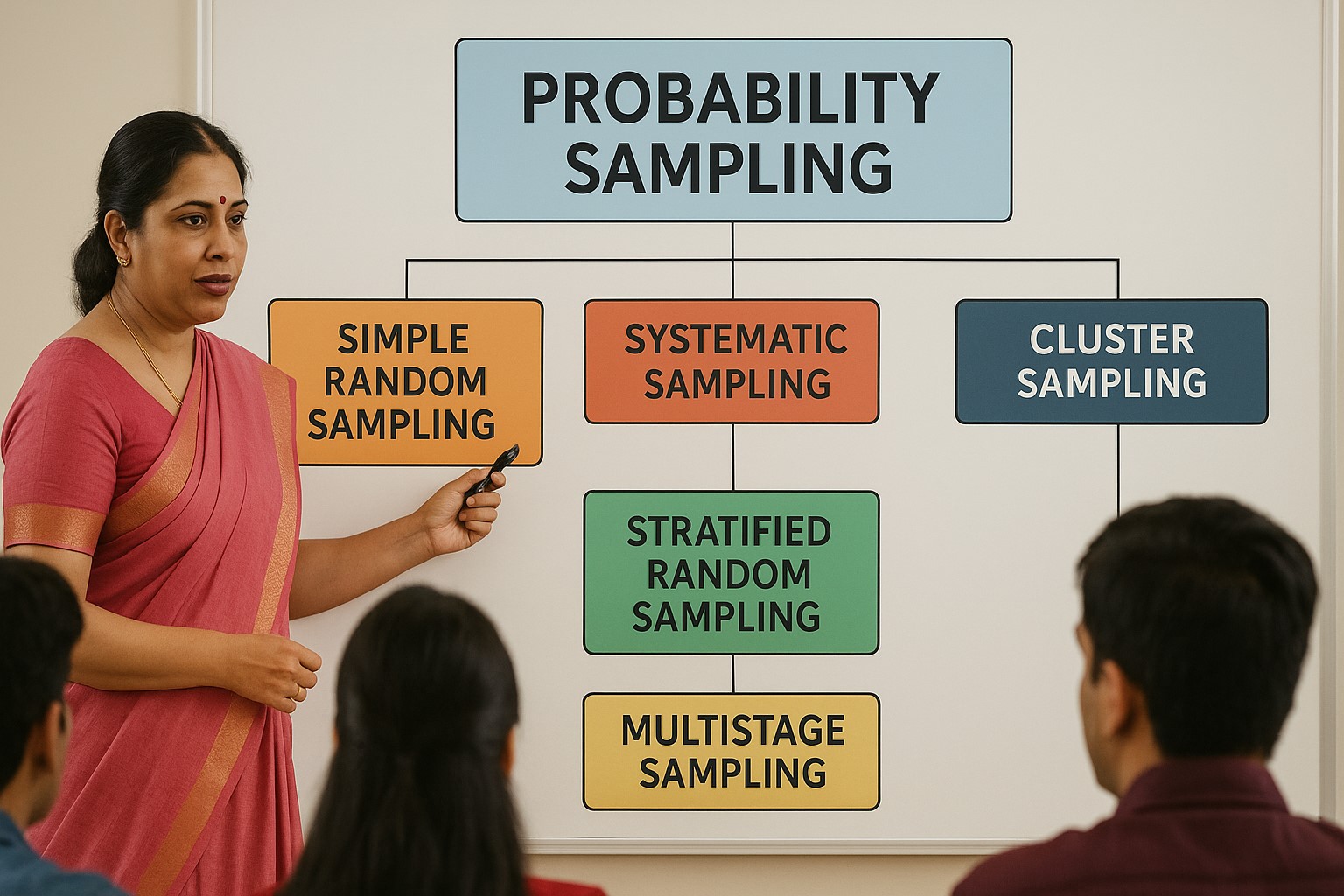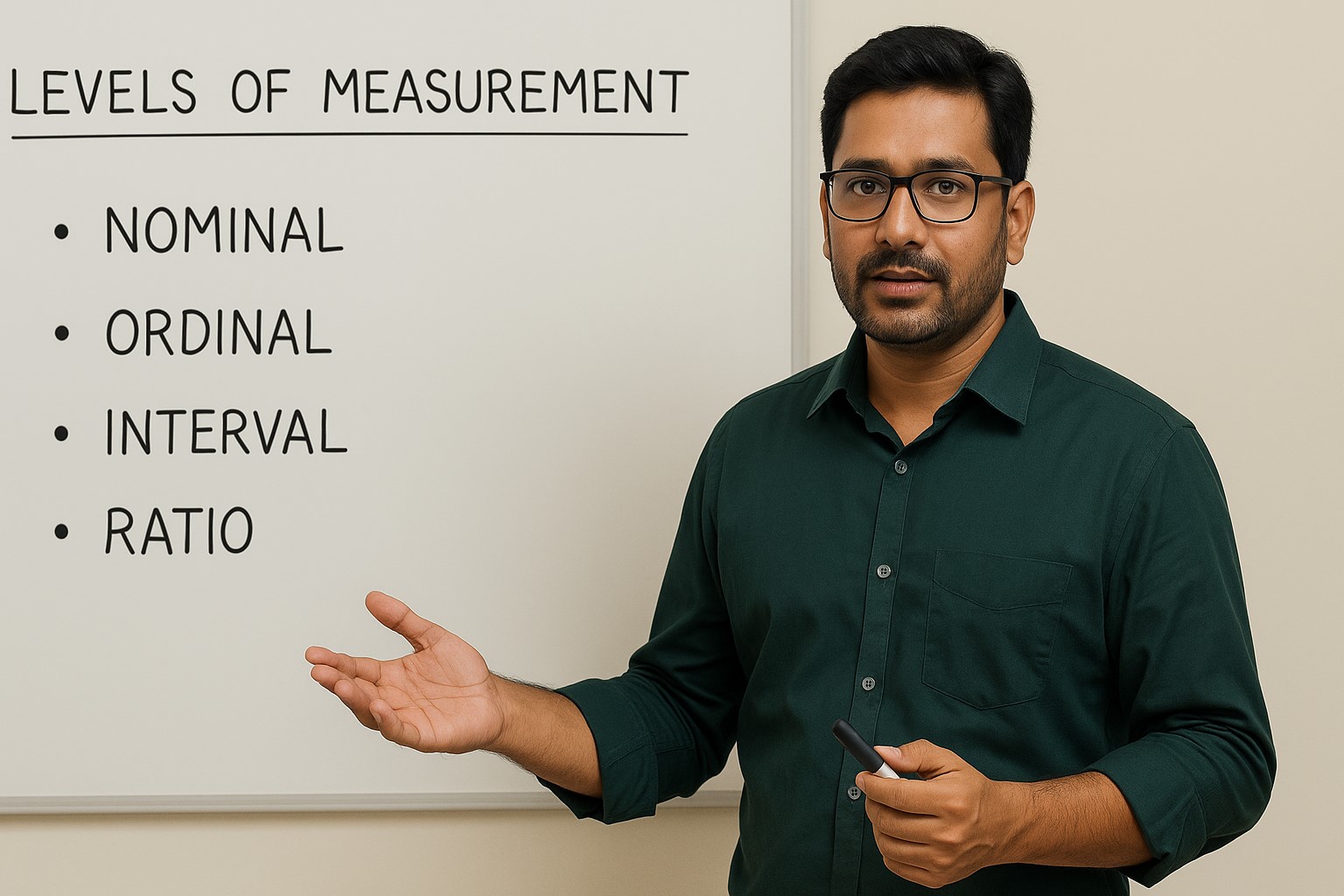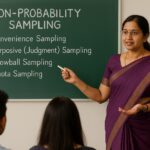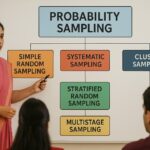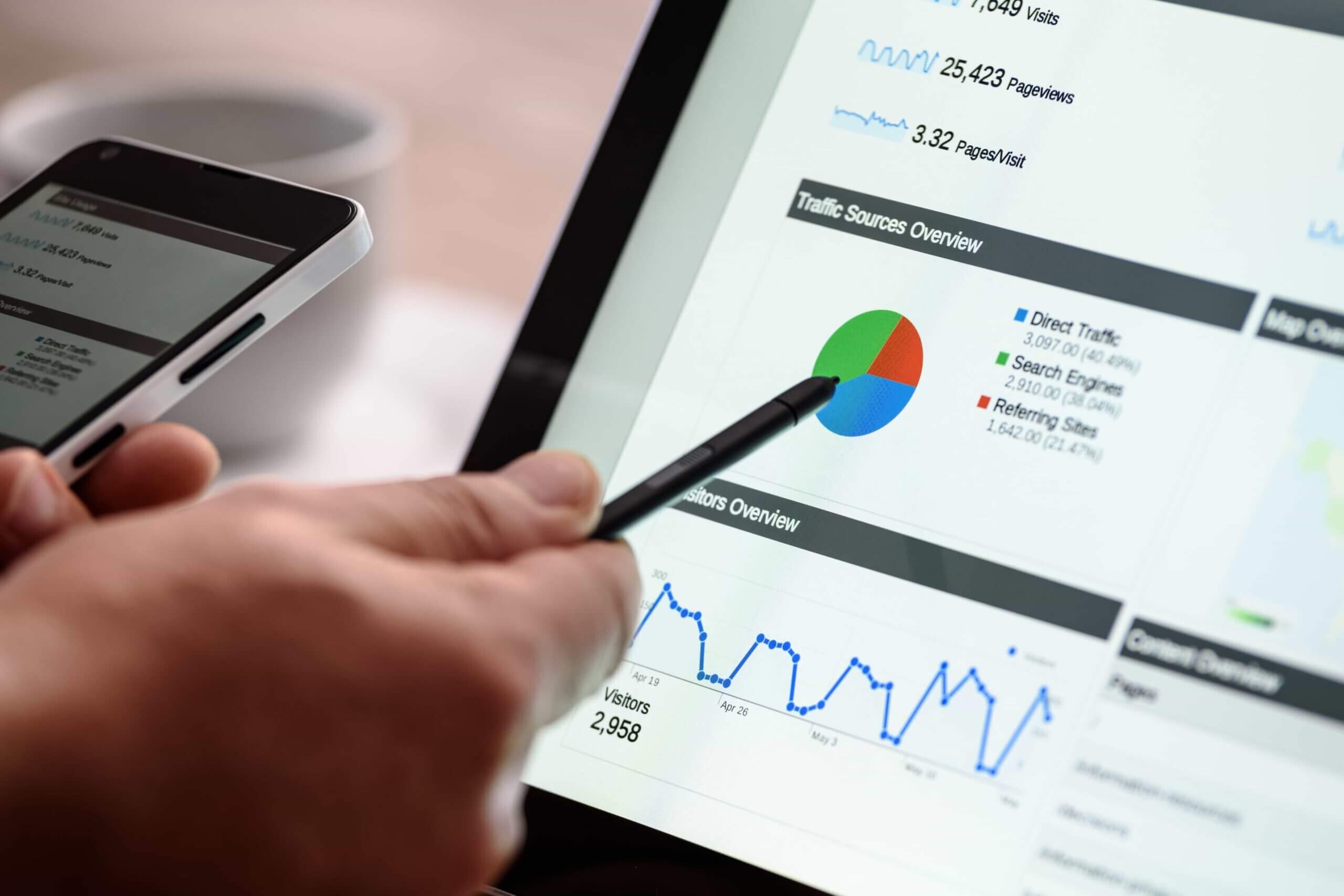

-
Ethics in Research
Introduction Ethics in research refers to the moral principles and professional standards that guide researchers in the planning, execution, analysis, and dissemination of studies. Ethical research ensures that knowledge is generated responsibly, participants are treated with dignity, data are handled…
-
Understanding Moderation Analysis: A Practical Guide with Real-World Examples
In many research settings, relationships between variables do not operate uniformly across all individuals or situations. A factor that significantly influences an outcome in one context may have a different impact when conditions change. Moderation analysis is a statistical approach…
-
NON-PROBABILITY SAMPLING IN RESEARCH
Introduction Non-probability sampling plays an important role in research when it is not feasible, practical, or necessary to select participants using statistical probability. Unlike probability sampling, where every unit has a known and equal chance of selection, non-probability sampling relies…
-
Confounding Variables and their Role and Management in Research
Understanding human behaviour, health outcomes, market responses, or environmental changes requires careful research. However, even the most carefully designed studies can go wrong if something outside the main variables quietly influences the results. These “hidden influencers” are known as confounding…
-
Understanding Probability Sampling
Sampling is one of the most essential steps in any research process. Whether the goal is to understand public opinion, analyse the effectiveness of a medical treatment, or study consumer behaviour, selecting the right sample is central to producing reliable…
-
Ethical Considerations in Research
Introduction Ethics in research forms the moral foundation that ensures the integrity, validity, and societal relevance of any scientific inquiry. Whether conducted in medicine, social science, business, or technology, research affects human lives either directly or indirectly. Hence, adherence to…
-
Level of Measurement in Research: Understanding the Foundation of Data Analysis
Introduction Every research study, whether in psychology, education, marketing, or medicine, relies on data. However, before any statistical test or analytical technique is applied, researchers must first understand how their data are measured. This understanding is rooted in what is…
-
Identification of Theory behind the Study
Introduction Every research study stands on a foundation that is often invisible yet essential — the theoretical framework that explains why a phenomenon occurs and how different variables are interconnected. This foundation, commonly called the “theory behind the study,” forms…
-
How to manage and present the Data in Research?
Introduction Data is the foundation of every research study. Whether it is quantitative data collected through surveys and experiments or qualitative data gathered through interviews and observations, the way a researcher manages, analyses, and presents data determines the credibility and…
-
Cronbach’s Alpha Test and its Application in Research
Introduction In empirical research, the reliability of measurement instruments is a critical determinant of data quality. Whether a study focuses on students’ motivation, consumer behaviour, or investors’ financial attitudes, researchers must ensure that all questionnaire items consistently measure the same…
Author

Dr. D. Sampath Kumar
Latest Posts
Tags
Chi-Square Test of Goodness of Fit Conceptual Framework Cronbach’s Alpha Test Cross-Sectional Design Data Analysis Data Collection Descriptive Design Descriptive Statistical Analysis Distribution-Free Test Ethics in Research Expected frequency Experimental Design Exploratory Design Goodness of Fit Highly Correlated Likert Scales Literature Review Longitudinal Design Mixed Multi-Variate Analysis Multi-Variate Analysis of Variance Multicollinearity Test Multiple ANOVA Non-Probability Sampling Population Primary Data Probability Sampling Qualitative Quantitative Questionnaire Research Approach Research Design Research Ethics Research Gap Research Objectives Review of Literature Sample Sampling Sampling Frame Sampling Principles Secondary Data Semantic Differential Likert Scale Survey Theoretical Framework Type-II Error


